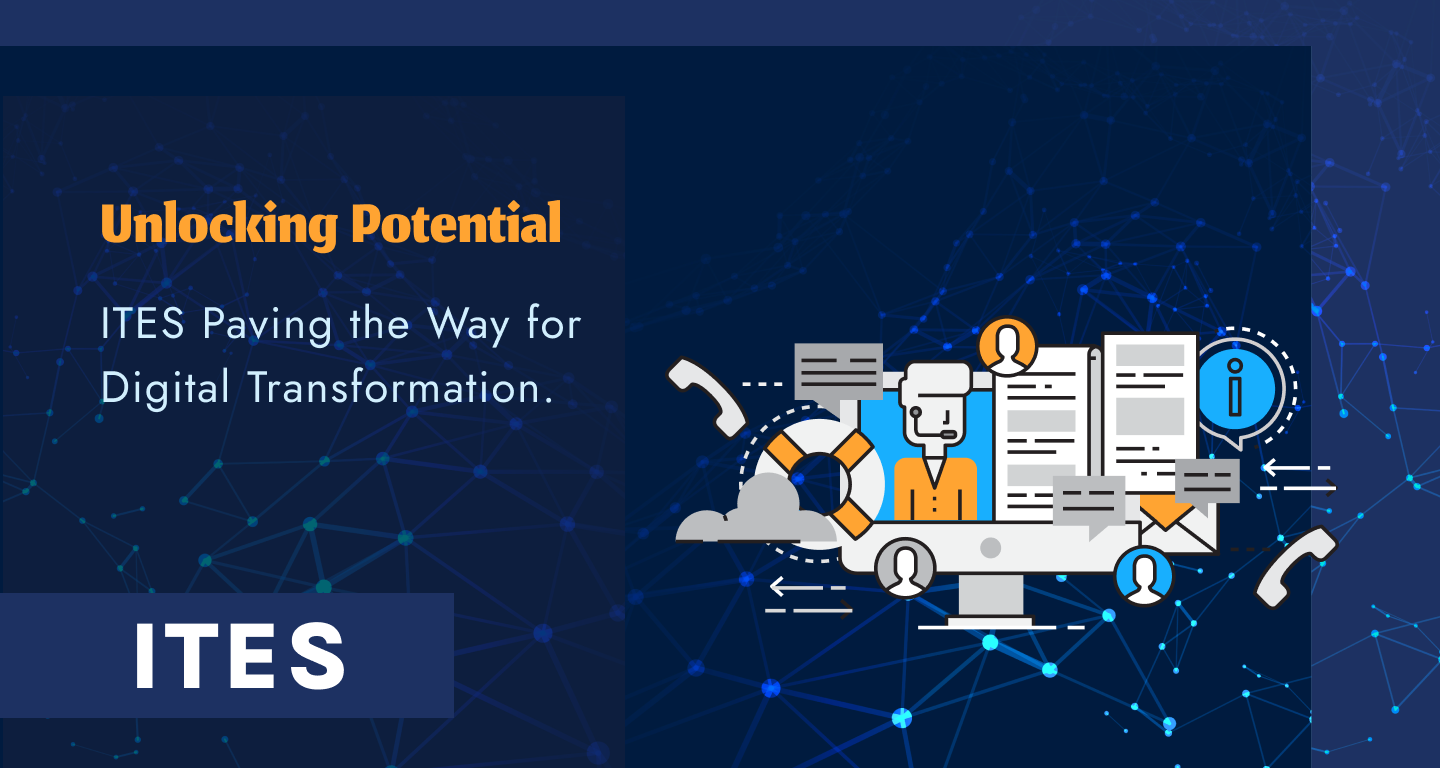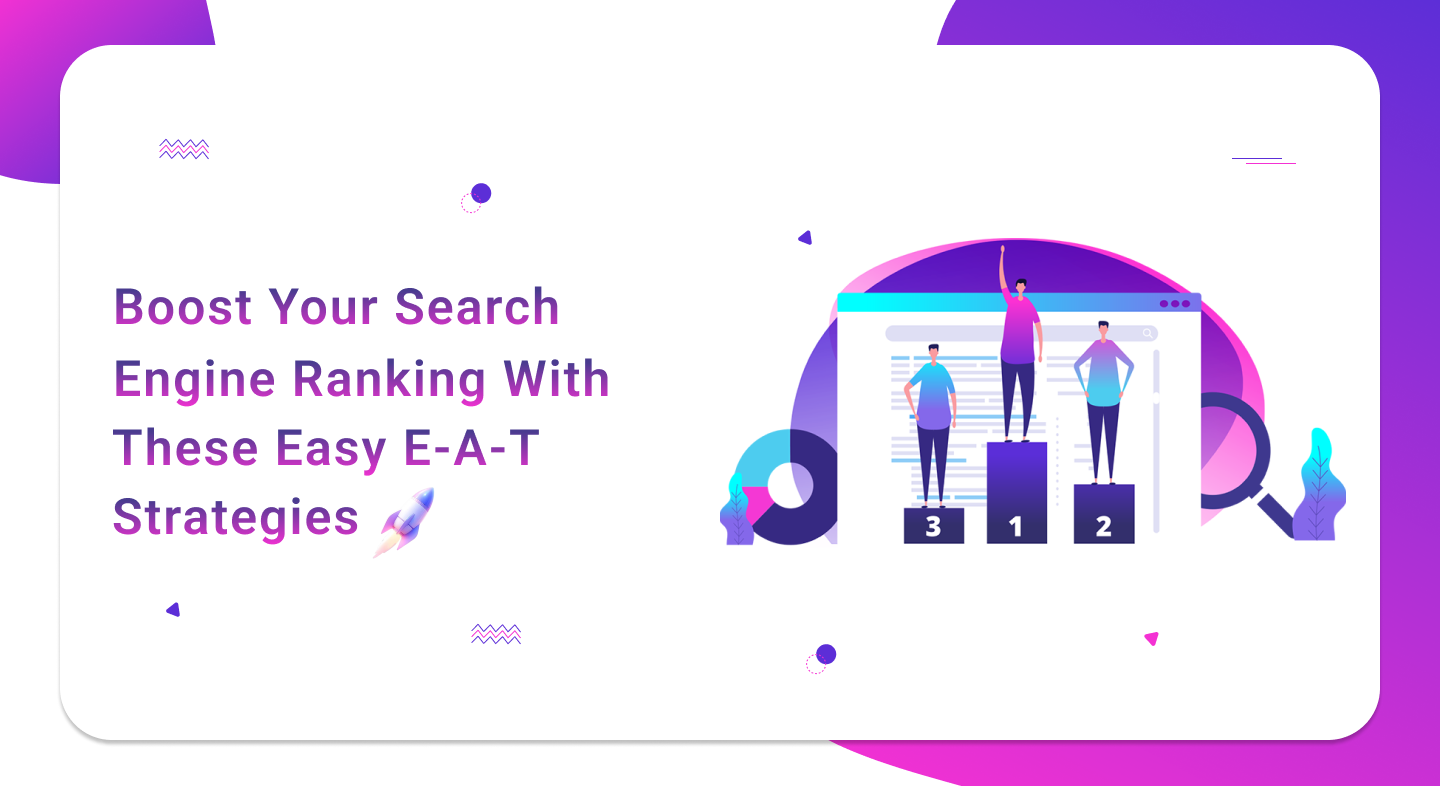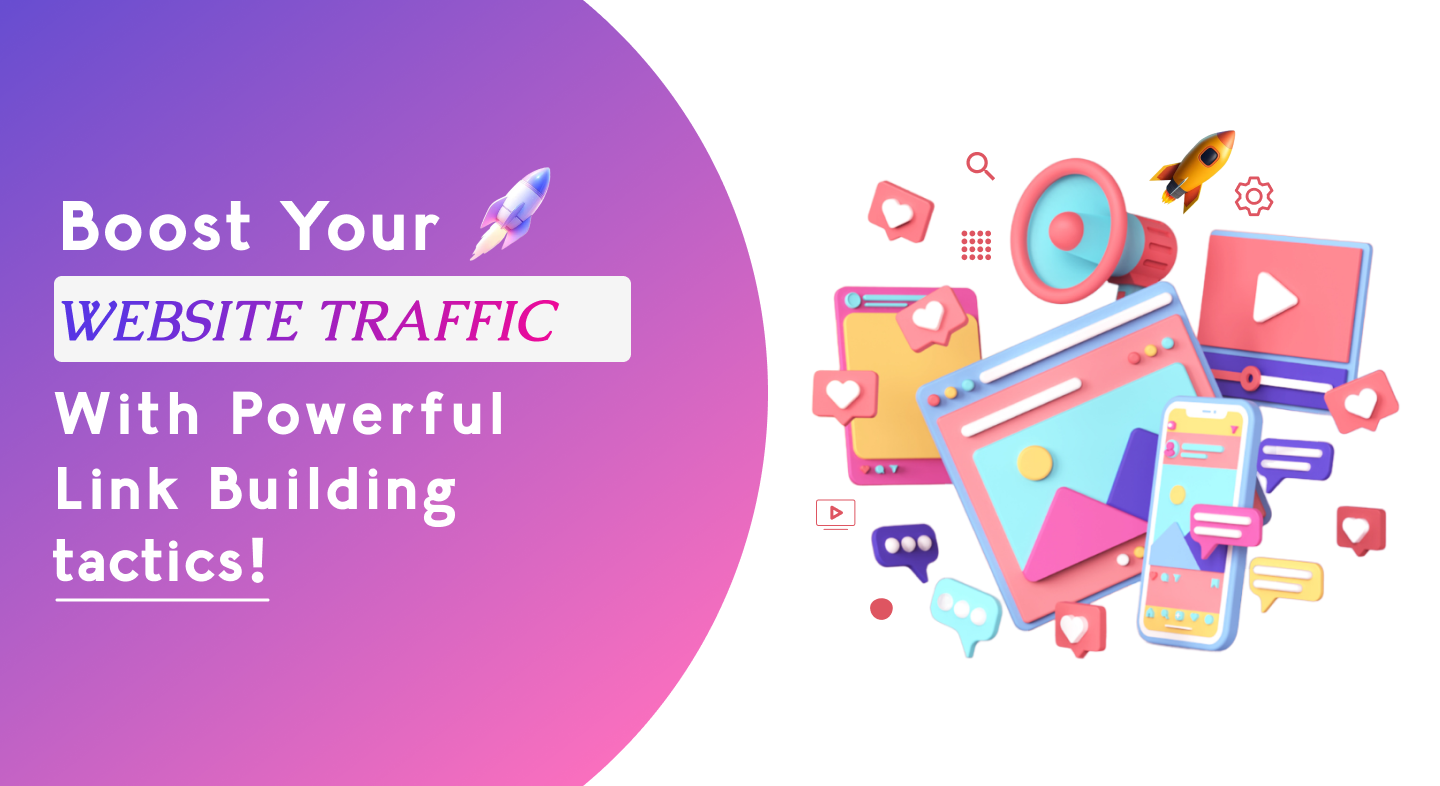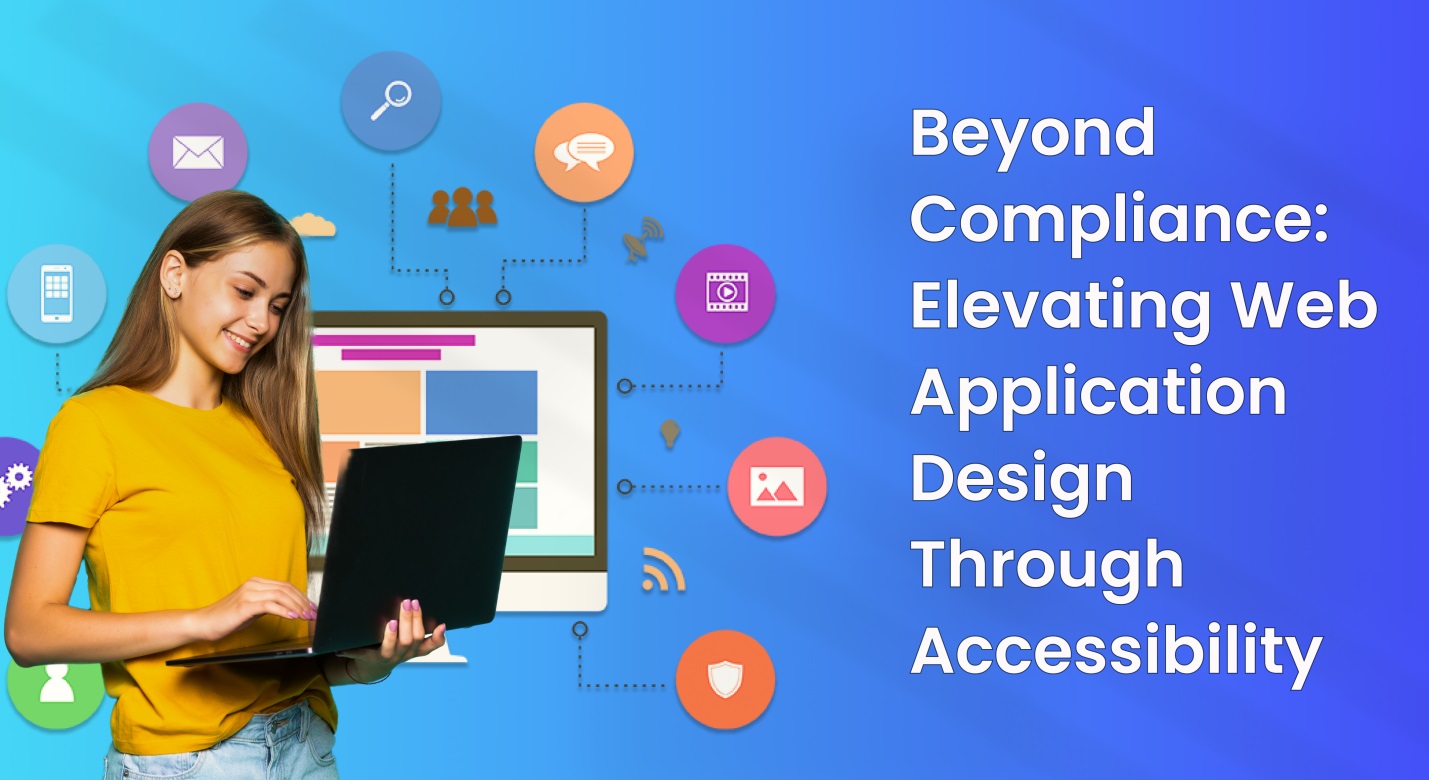In today’s intensely competitive e-commerce landscape, driving traffic to your online store is more decisive than ever. With the vast amount of data available and the evolving nature of consumer behavior, traditional marketing strategies may fall short of delivering ideal results. This is where machine learning (ML) comes into play, revolutionizing how e-commerce businesses attract, engage, and retain customers. By leveraging advanced ML techniques in tandem with customer relationship management (CRM) systems and SEO services, e-commerce entrepreneurs can unlock unprecedented growth opportunities. Let’s explore how you can supercharge your e-commerce traffic with these innovative ML strategies.
- Personalized Recommendations:
ML algorithms analyze customer data to generate personalized product recommendations, enhancing the user experience and increasing sales. By implementing recommendation engines powered by AI and ML, e-commerce platforms can suggest relevant products to individual customers based on their browsing history, purchase behavior, and preferences. This not only boosts conversion rates but also fosters customer loyalty and satisfaction.
- Predictive Analytics:
Predictive analytics, driven by ML algorithms, enables e-commerce businesses to anticipate customer needs and behaviors. By analyzing historical data, including past purchases, website interactions, and demographic information, predictive models can forecast future trends and identify potential high-value customers. This allows retailers to tailor marketing campaigns and promotions for maximum impact, ultimately driving traffic and boosting sales.
- Dynamic Pricing:
ML algorithms can optimize pricing strategies in real time based on various factors such as demand, competition, and customer behavior. Dynamic pricing algorithms adjust product prices dynamically to maximize revenue and profit margins. By offering personalized discounts and incentives, e-commerce businesses can attract price-sensitive customers while maximizing profitability.
- Image Recognition and Search:
Visual search technology powered by ML algorithms allows users to search for products using images rather than text. By analyzing image data and understanding visual cues, e-commerce platforms can deliver more accurate search results and recommendations, enhancing the shopping experience. Integrating image recognition technology into search engines can drive traffic by making product discovery more intuitive and seamless.
- Content Optimization:
ML algorithms can analyze content performance and user engagement data to optimize product descriptions, blog posts, and other website content for search engines. By identifying relevant keywords, improving readability, and tailoring content to user preferences, e-commerce businesses can enhance their visibility in search engine results pages (SERPs) and attract more organic traffic. This holistic approach to content optimization can drive sustained growth in e-commerce traffic and sales.
- Fraud Detection and Prevention:
ML-powered fraud detection systems analyze transaction data and user behavior patterns to identify and prevent fraudulent activities in real time. By leveraging advanced ML algorithms, e-commerce platforms can detect anomalies and suspicious behavior, such as fraudulent transactions or account takeovers, before they cause significant harm. This not only protects businesses from financial losses but also enhances trust and credibility among customers, leading to increased e-commerce traffic and sales.
- AI-Powered Chatbots Enhancing E-Commerce Sales:
Integrating AI and machine learning-powered chatbots on your e-commerce platform can revolutionize customer interaction. These chatbots can understand user queries, provide instant responses, and even assist in the purchase process. By enhancing the overall user experience, AI-powered chatbots contribute to increased customer satisfaction, retention, and word-of-mouth referrals, ultimately boosting e-commerce traffic.
- Customer Segmentation:
ML-powered CRM systems enable e-commerce businesses to segment their customer base more effectively. By clustering customers into distinct groups based on their demographics, preferences, and buying behavior, retailers can tailor marketing messages and promotions to specific segments. This targeted approach improves engagement and conversion rates, leading to increased e-commerce traffic and sales.
Ending Notes
The integration of machine learning strategies is essential for e-commerce businesses looking to enhance their traffic, optimize sales, and stay competitive in today’s market. By gaining personalized recommendations, dynamic pricing optimization, predictive analytics, content optimization, visual search, chatbots, behavioral targeting, and fraud detection, e-commerce retailers can create a seamless and personalized shopping experience that drives customer engagement and loyalty.
Embracing these innovative technologies will not only increase e-commerce traffic but also pave the way for sustainable growth and success in the digital era. Implementation of AI and ML technologies is no longer a choice but a necessity for e-commerce entrepreneurs looking to thrive in today’s digital economy.










